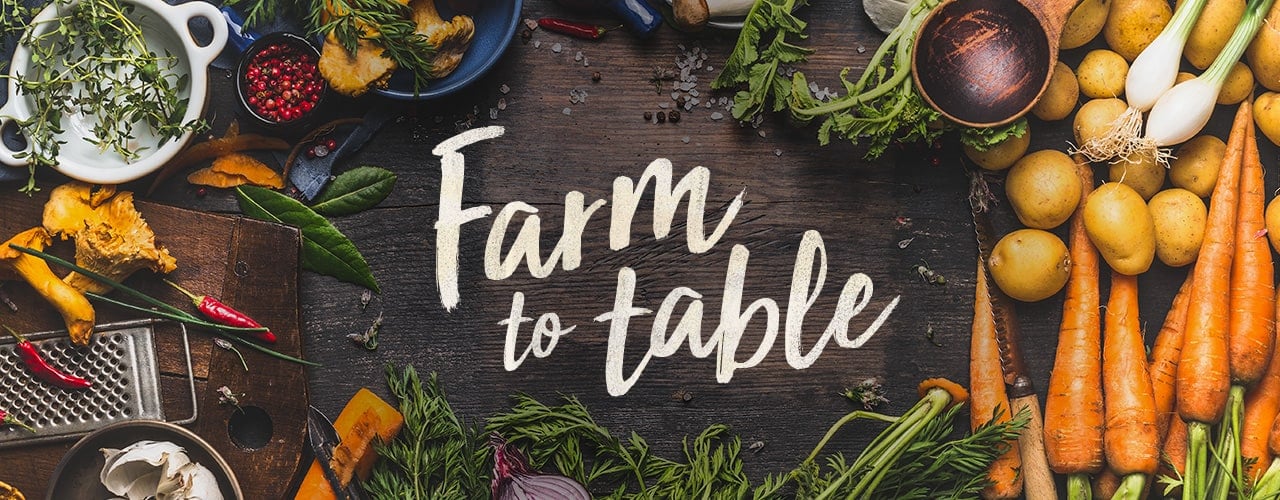Farming and Agriculture | Farmer Bob's Parts
Posted by Bobby the Farmhand on Dec 2nd 2020
7 Things You Should Know about Farming and Agriculture
1. Agriculture is everything involved with growing plants and animals to be used for something else. This is not the definition you’ll find in the dictionary, but it is practical and accurate. It encompasses production agriculture, but also everything before and after the farm too.
Agriculture includes science, technology, and engineering. It is the genetics work used to improve the seeds and animals farmers purchase. It is the development, design, production and sales of everything farmers use – tractors, equipment, buildings, fertilizer, and more.
Agriculture includes business. It is the financial and legal aspects of acquiring land and other assets needed to farm. It is the marketing, sales and distribution of the plants and animals produced.
2. Nearly everything we eat, wear and use came from a plant or an animal raised on a farm. I always ask, but I have yet to have a student name something they eat that doesn’t come from a plant or an animal. And everything except wild caught fish, shellfish, and wild game came from a farm.
I often have students look around their classroom and name something that comes from a farm. At first they are stumped, but once we talk about wood, cotton, and corn and soybean ingredients in industrial products they realize the list is long. Aside from metal, stone, and plastics made from petroleum, nearly everything we use includes something from a plant or animal raised on a farm.

3. Farming is a job, a way to earn money. This seems obvious, right? Well, I discovered many years ago that students don’t always think of farming as a source of income. Many think farmers raise crops and livestock to feed their families, but that’s it. They don’t realize that they sell most or all of what they produce to earn a living. This enables them to pay their family’s bills, purchase food at the grocery store, and buy clothes at the mall, just like the rest of us. 
4. Farms today are specialized, not like most portrayed in story books. When my grandparents were my age, farms looked like those in children’s books. They raised a little of everything on their farm. They made a good living off 160 acres of crops, a few cows, laying hens, and some pigs. Add in my grandma’s large garden, and the farm produced nearly everything their family of 10 ate as well. 
Over the years, their farm changed. As they invested in tractors and other equipment, they focused their efforts to make the most of those investments. The same is true today. If farmers raise livestock, they usually raise one type. This enables them to acquire the facilities, technology, knowledge and skills needed to produce it, and produce it well.
5. Farming is high-tech. Farmers use iPads, laptops, drones, robots, and more. Many livestock barns have Wi-Fi, web-cams, and automated feed and climate control systems. Farmers can monitor a cow in labor or adjust the temperature in a barn from their smart phones. If the power goes out, back-up generators automatically start and the farmer is alerted with a text. This technology enables farmers to be efficient and provide precise care to their animals.inside cropped. Farmers are smart. They are problem solvers. They use math often. Most are tech savvy. They must have a good business sense to be successful.

70% of farmers have a higher education including a college diploma or trade/vocational certificate. Some choose an agriculture major like agronomy or animal science, but others study business, mechanics, or another area to hone particular skills that will benefit their family’s farming operation.
7. Farmers care about the land and water. Several years ago I took a group of college students taking an environmental science class to visit a cattle farm and see conservation practices first-hand. During the visit, the farmer told the students “This land isn’t mine.” I watched the students exchange puzzled looks since he had just told them that the farm has been in his family for generations. The farmer then continued, “Well, I own it, but it’s not mine. I am borrowing it from my son. I want to pass it on to him in as good or better condition than I received it from my dad.” This statement left a lasting impression on me, as I’m sure it did the students too.
